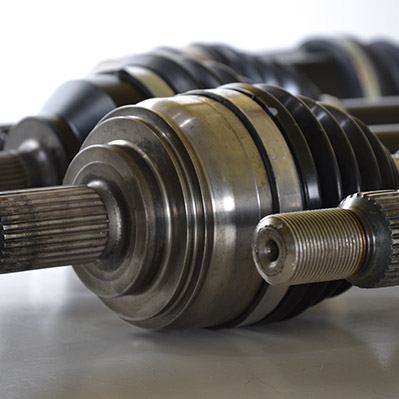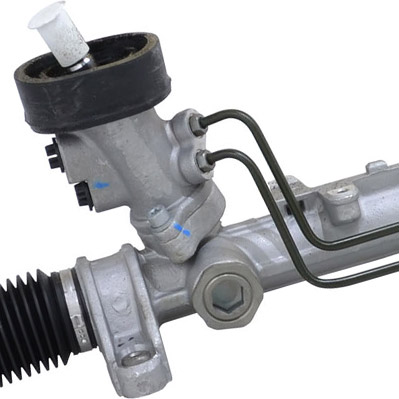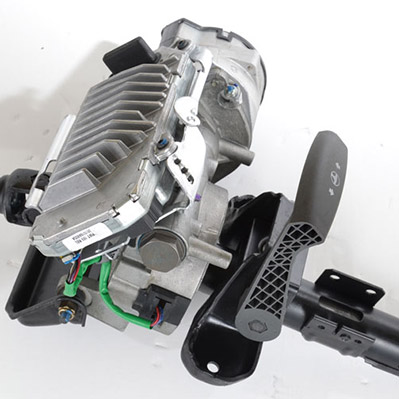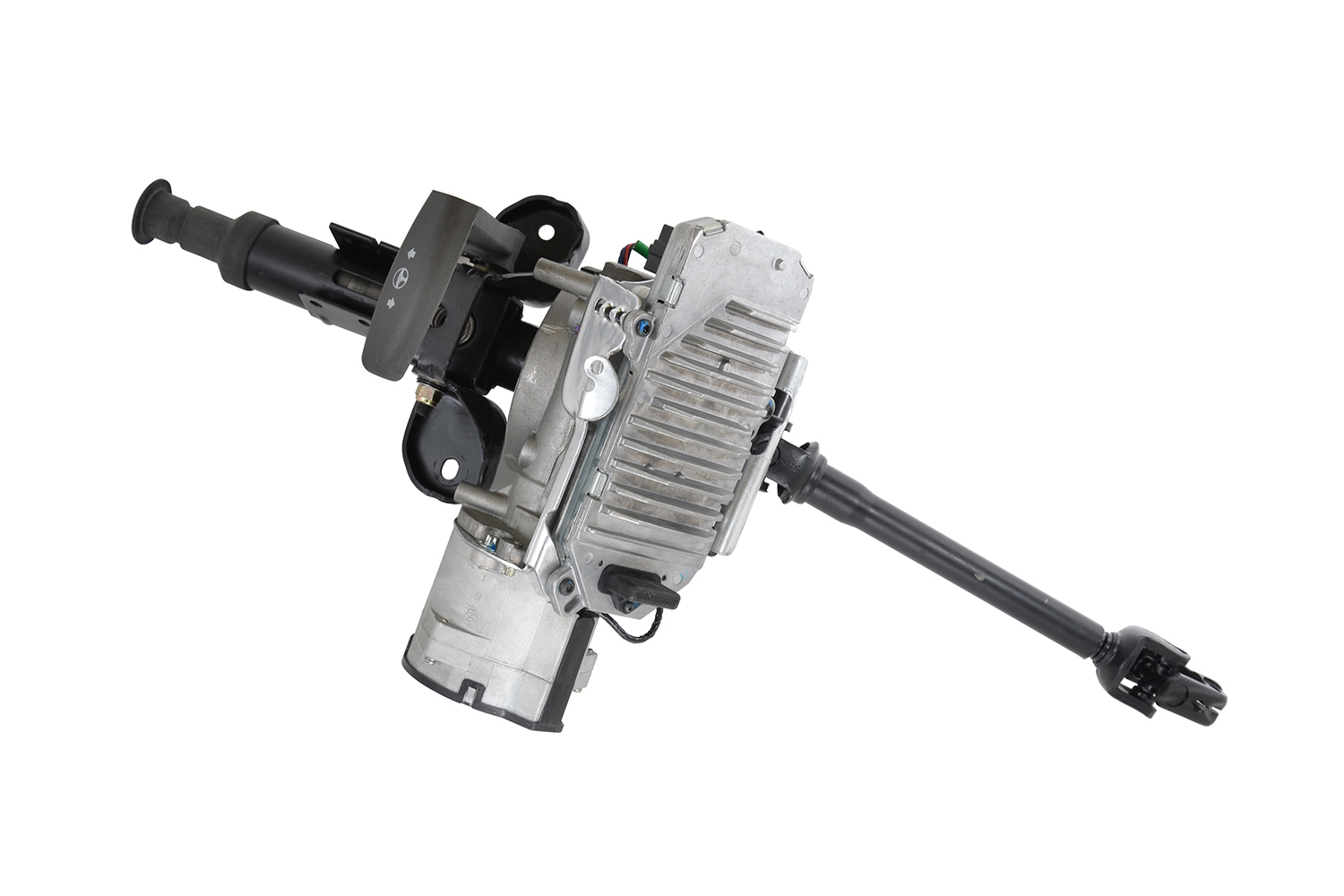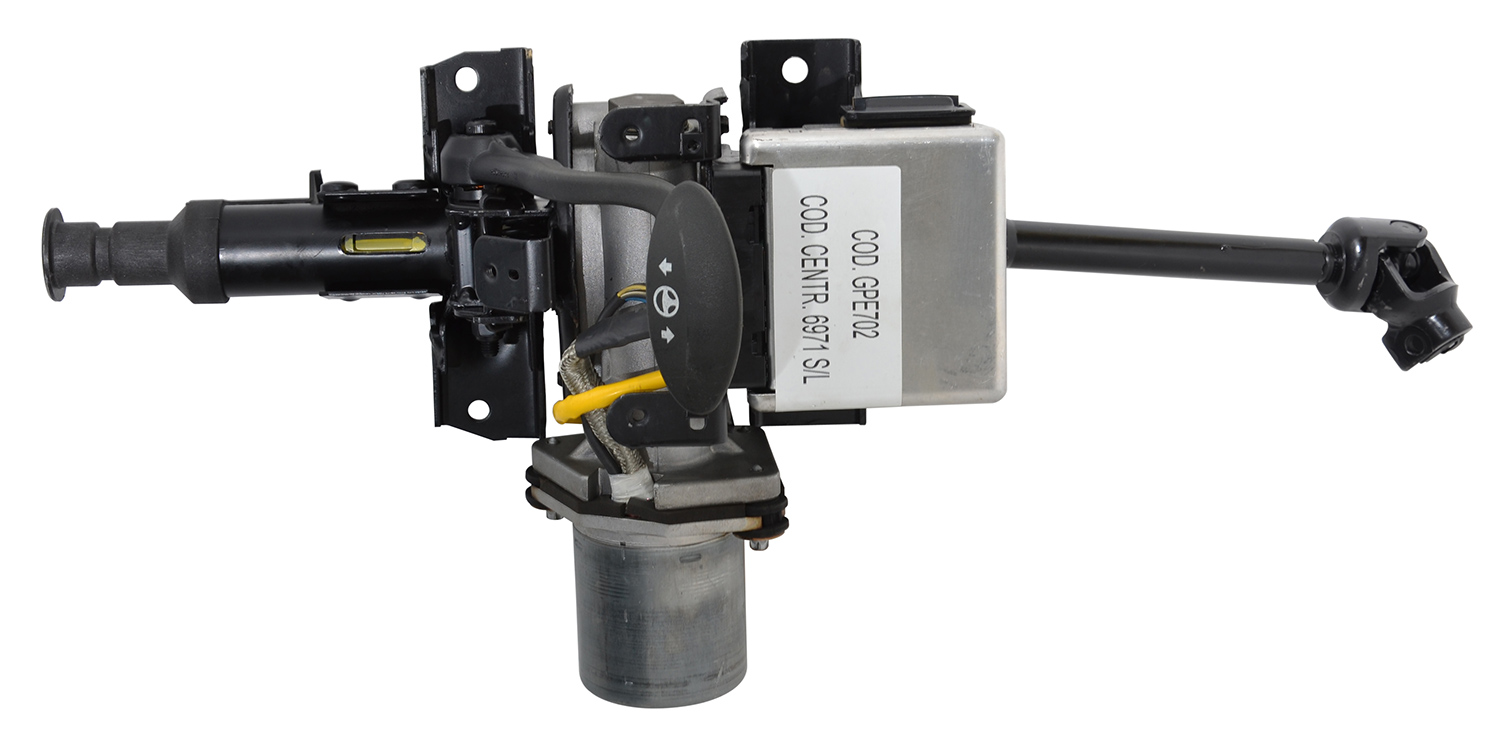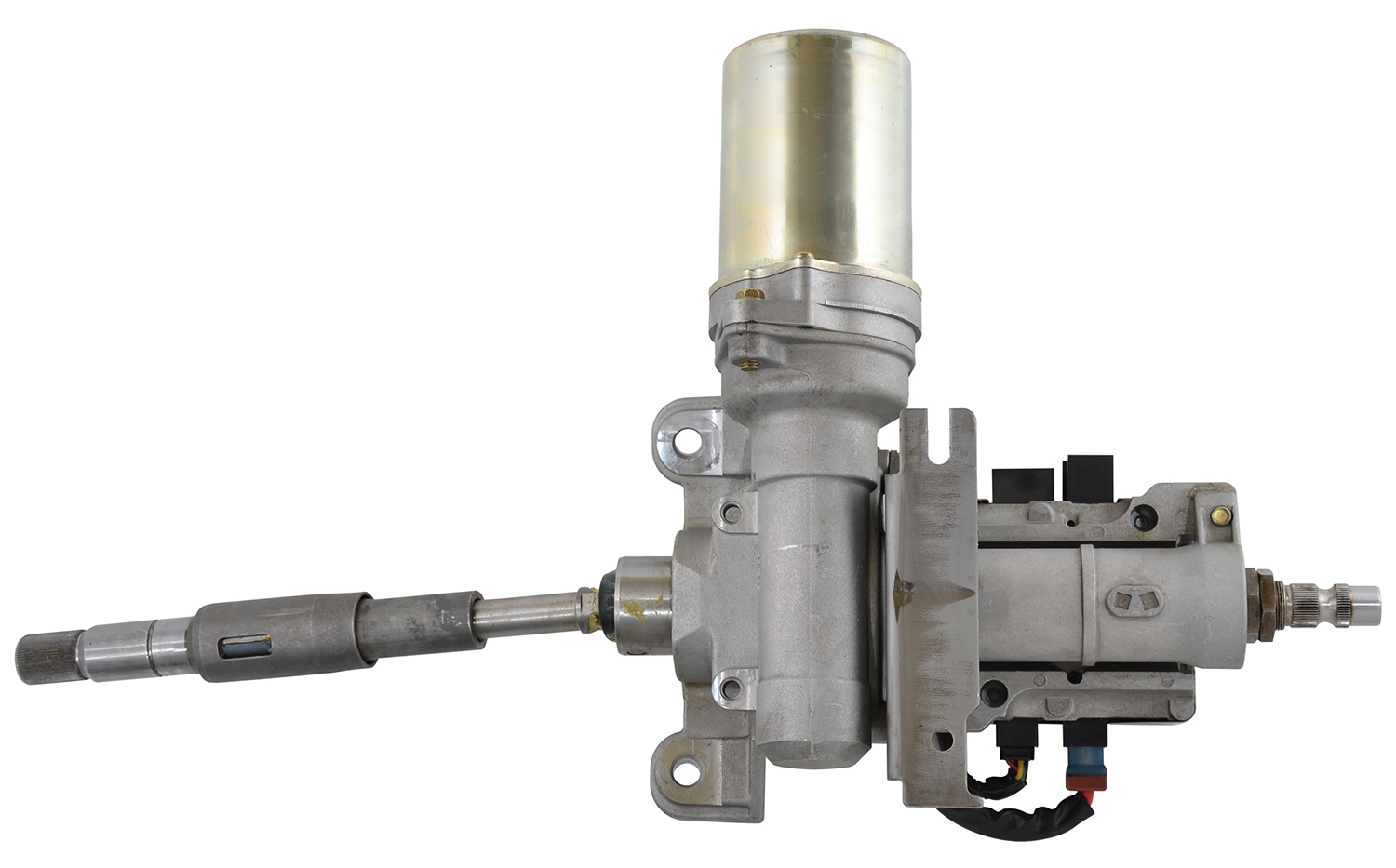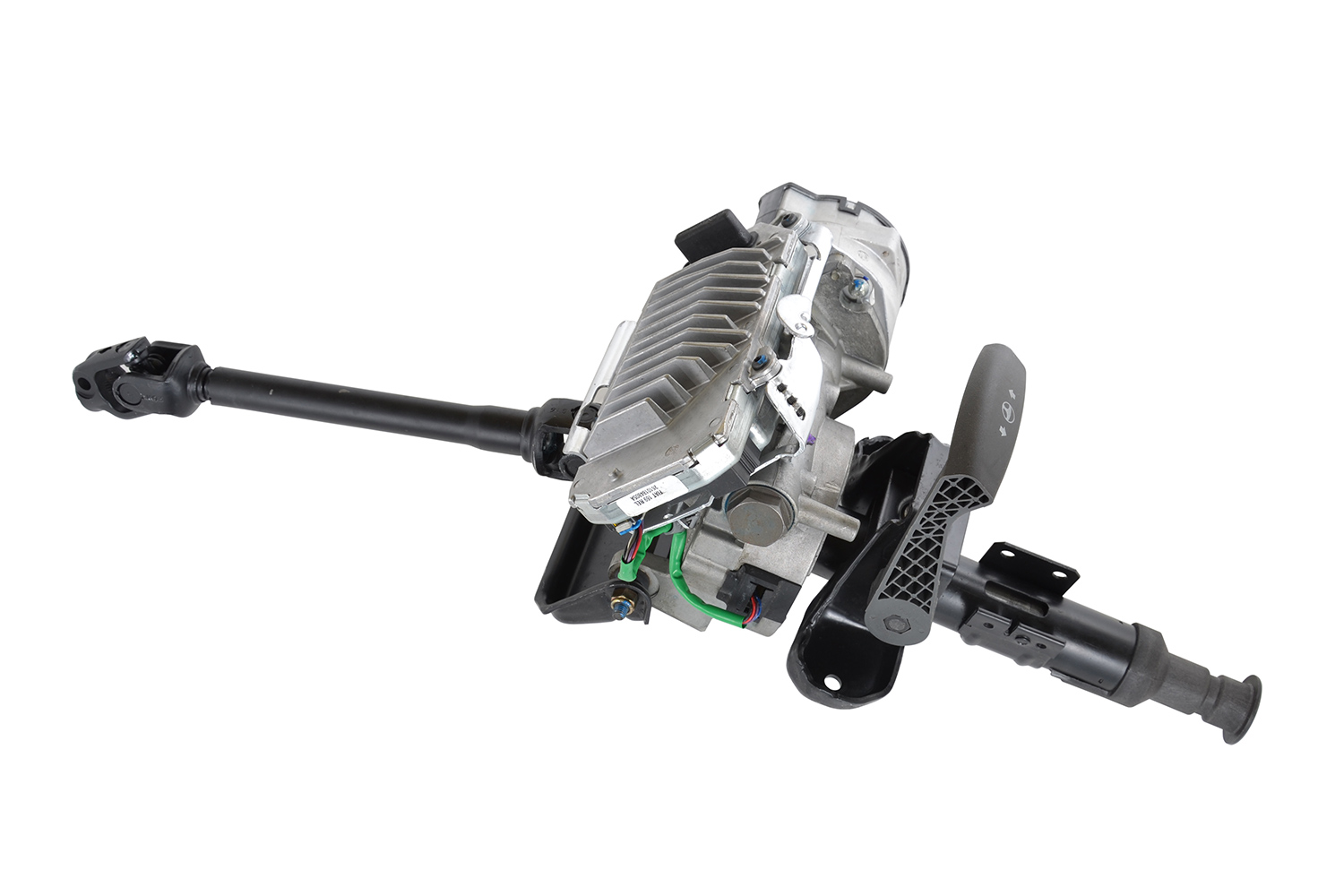EPS
EPS stands for Electric Power Steering.
The EPS main purpose is to reduce the steering effort on the steering wheel.
The EPS works in combination with ESP and ABS and it allows an active return of the steering, reducing the oscillations and maintaining vehicle traction control in case of sudden braking or steering.
Electric steering
Electric steering first appeared on the market back in 1999: it is still a relatively recent automotive component, which thanks to its efficiency and functionality has really brought some incredible advantages.
The first car that made use of power electric steering was the Fiat Punto, through a very simple mechanism based on an engine, a gearbox and a control unit. In fact, electric power steering is nothing more than a device that uses an external energy source with the aim of significantly reducing the force that the vehicle’s driver needs to exert on the steering wheel to modify the direction of the wheels.
In practice, the absence of electric power steering means that the driver uses more of their “own” energy to manage the vehicle, which could prove complex on larger cars (with greater mass) as well as in critical conditions such as parking or stationary manoeuvres.
As mentioned, electric steering consists of an electric motor, a gearbox and a control unit that reads and interprets the wheel position signals. It is also important to remember that electric steering has already replaced hydraulic power steering in medium and small-sized cars and that, especially in recent years, it is proving to be the most appropriate solution for A, B, C sector cars.
Accuracy, manoeuvrability while driving and maximum sensitivity make electric steering much more advantageous than traditional power steering.
PRODUCTS

